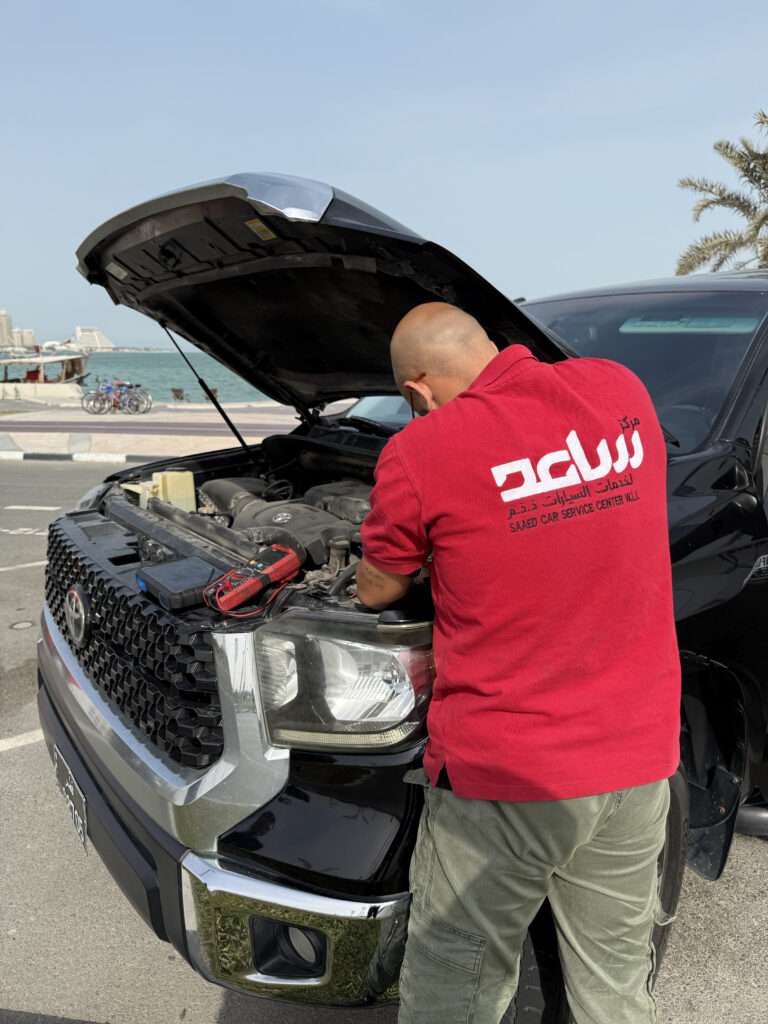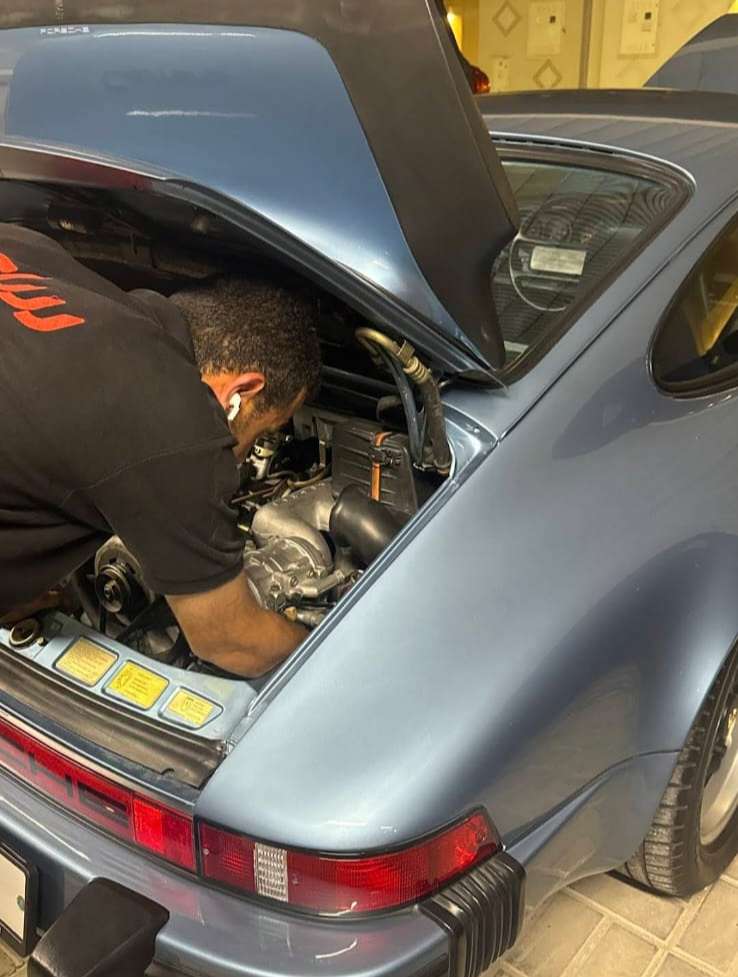The #1 Reason Your Car Won’t Start (And How to Fix It)
You are ready to go.
You turn the key.
Nothing.
Silence.
Maybe a weak click.
Your car is officially useless, and now you are standing there wondering if it is the battery, the alternator, or some secret car curse you did not know about.
Good news? It is probably not a curse.
Bad news? It could be your alternator.
Let us break it down and figure out what is really going on.
Key Takeaways
✅ The alternator keeps your battery charged while you drive.
✅ If your car will not start, a bad alternator might be the reason.
✅ Clues include dim headlights, strange noises, and warning lights.
✅ You can test your alternator using a tool called a multimeter.
✅ If your car starts with a jump but dies quickly, your alternator is probably toast.

Why Will Your Car Not Start?
Your car needs two things to stay alive:
A battery and an alternator.
- The battery is like your morning coffee – it gives that first jolt of power to wake up the engine.
- The alternator is like an energy drink – it keeps the power flowing while the car is running.
So, which one is the troublemaker?
- If your battery is dead, your car will not make a sound when you turn the key.
- If your alternator is bad, your car might start but will stall soon after.
Signs That Your Alternator Is Failing
Think of your car as a sick patient.
It shows symptoms before it completely gives up.
Here is what to watch for:
- Dim or flickering headlights – Looks like a haunted house in there.
- Battery warning light on the dashboard – That little battery symbol is screaming for help.
- Weird noises – Grinding, whining, or anything that sounds expensive.
- Car stalling while driving – Not ideal when you are on the motorway.
- Electrical glitches – Windows, radio, and dashboard lights acting like they are possessed.
If you see these signs, your alternator is begging for attention.
Can a Bad Alternator Kill the Battery?
Yes, absolutely.
A broken alternator will not just stop charging the battery – it can drain it completely.
That means:
- You replace the battery.
- The car works… for a day.
- Then it dies again.
If you do not fix the alternator, your new battery is just a very expensive paperweight.
Call roadside assistance for repairing your alternator: 31222041

How to Check If the Alternator Is the Problem
You do not need to be a mechanic.
Try these easy tests:
1. The Headlight Test
- Start the car at night.
- Turn on the headlights.
- Press the gas pedal while the car is in park.
What happens?
- Lights get brighter = Alternator is fine.
- Lights stay dim or flicker = Your alternator is struggling.
2. The Multimeter Test
A multimeter is a cheap tool that checks voltage.
Here is how to use it:
- Start the car.
- Set the multimeter to DC voltage.
- Touch the red probe to the positive battery terminal.
- Touch the black probe to the negative battery terminal.
Look at the reading:
- 13.8 to 14.4 volts = Good alternator.
- Less than 13.5 volts = Bad alternator.
3. The Jumpstart Test
- Jumpstart your car.
- Remove the jumper cables.
Now, watch what happens:
- Car keeps running = Battery was the issue.
- Car dies quickly = Alternator is bad.
Can You Drive With a Bad Alternator?
Technically, yes.
But only for about 30 to 60 minutes before your car completely shuts down.
Here is why it is a terrible idea:
- Your car could die mid-drive – imagine that happening in rush hour traffic.
- You might damage other electrical parts – turning a £300 repair into a £1,000 repair.
- You could get stranded somewhere inconvenient – like the middle of nowhere.
Signs your car is on its last breath?
- Dimming headlights.
- Slow-moving power windows.
- Random warning lights flashing like a disco.
If this happens, find a safe place to pull over.
How to Prevent Alternator Problems
A little care can save you a big headache later.
- Keep battery terminals clean – Dirty connections make the alternator work harder.
- Do not overload your car’s electrical system – Running the AC, radio, and charging five devices at once is not helping.
- Listen for weird noises – A squealing sound might mean the alternator belt is worn out.
- Get regular check-ups – A mechanic can catch small alternator issues before they get worse.

FAQs About Alternators and Car Starting Problems
How do I know if it is the alternator or the battery?
Simple:
- Battery issue = Car does not start at all.
- Alternator issue = Car starts but dies soon after.
Most auto shops offer free battery tests – use them.
What happens if I ignore a bad alternator?
Eventually, your car will not start at all.
And the longer you wait, the more likely you are to damage other expensive parts.
Can I replace an alternator myself?
Yes, but only if you have these:
- Socket set
- Wrench set
- Belt tensioner tool
- Work gloves
- Jack and jack stands (for some cars)
It is not the hardest job, but in some cars, the alternator is buried in a nightmare location.
How long does an alternator last?
Usually 7 to 10 years or 80,000 to 150,000 miles.
It can fail earlier if:
- You live somewhere very hot.
- You use a lot of electrical accessories.
- You drive on rough, dusty roads.
Regular maintenance can help it last longer.
